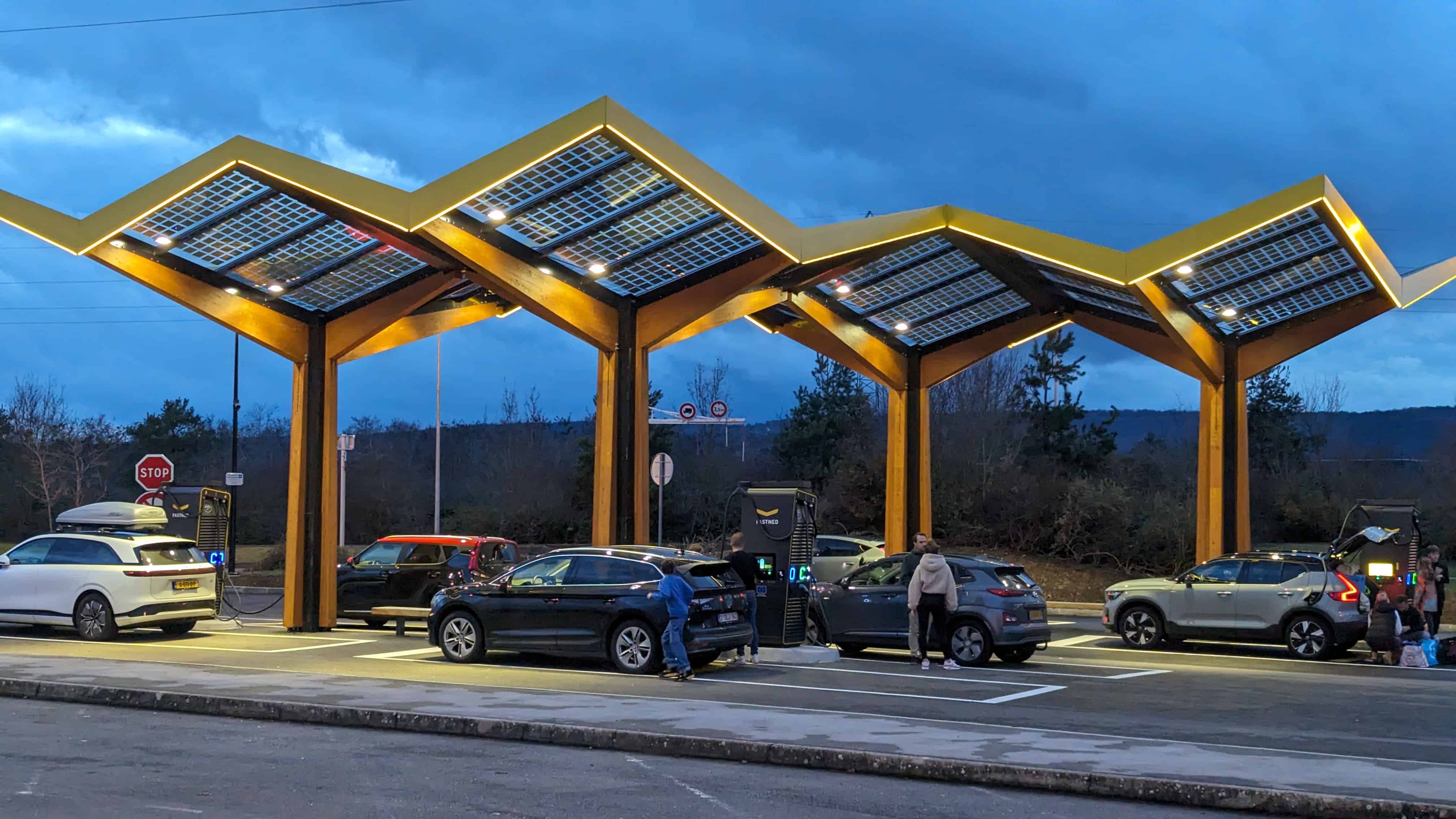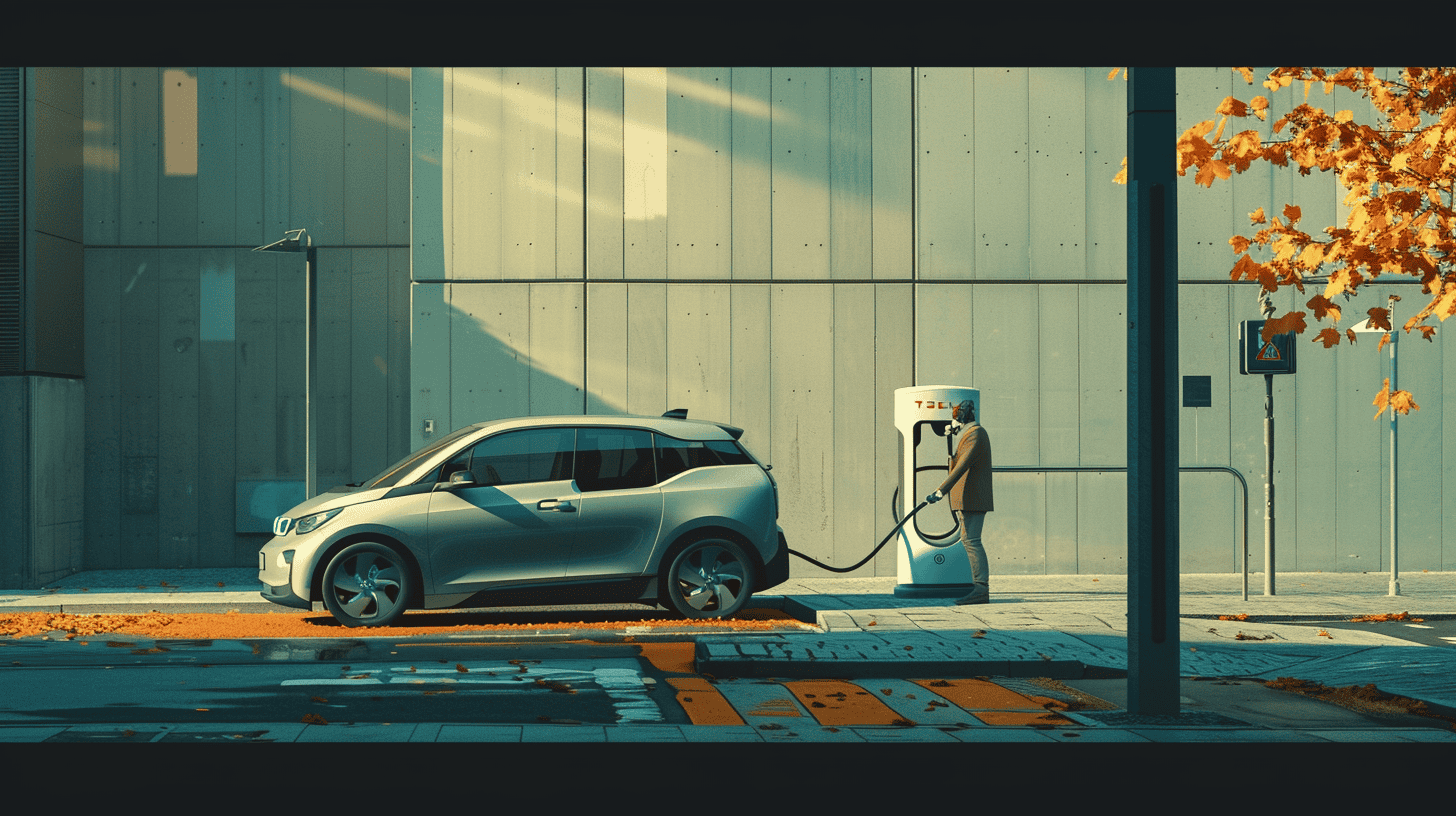
At the end of March 2024, the Netherlands could count on 674,000 charging points, thirty percent more than the previous period, reports the Nationale Agenda Laadinfrastructuur (NAL).
Since the start of the National Charging Infrastructure Agenda (in 2019), there has been a faster growth in the number of charging points every year. Nevertheless, further acceleration is needed in the coming years, according to the NAL. Gerben-Jan Gerbrandy, chairman of NAL: “We are on track so far. The increase in the number of charging points has been able to keep up with the significant growth in the number of electric cars. The pace at which we install charging points will have risen to a record of more than 1,900 new charging points on average per month in 2023.”
National network: 80% coverage
The NAL’s ambition is to have a nationwide, accessible, and future-proof charging network by 2030. Last year, the NAL launched an interactive map on which the coverage is visually displayed, including ‘white spots’ where there are no public charging points yet. The basic principle is that in every neighborhood, with the exception of rural areas, a charging point must be available within walking distance. As of March 31, 2024, the national network reached a coverage rate of 80%. In 2023, as of March 31, this was still 71%.

Lack of price transparency
Last year, the NAL started an action plan with various stakeholders to improve price transparency. The electric driver must be able to limit the costs of electric driving and compare the costs with the quality offered. The 2023 Charging Survey found that about half of e-drivers often do not or never know the price at a public charging station. The ‘Benchmark Price Transparency 2023’ study by NAL partner NKL shows that price transparency is declining.
Gerben Jan Gerbrandy: “The lack of price transparency concerns the NAL. Consumer confidence is essential for the large-scale transition to electric driving. Price transparency gives electric drivers confidence and promotes competition. The volatile energy market and varying charging rates increase the importance of price transparency. In addition, dynamic prices and smart and bi-directional charging will require good insight into charging prices in the coming years.”






